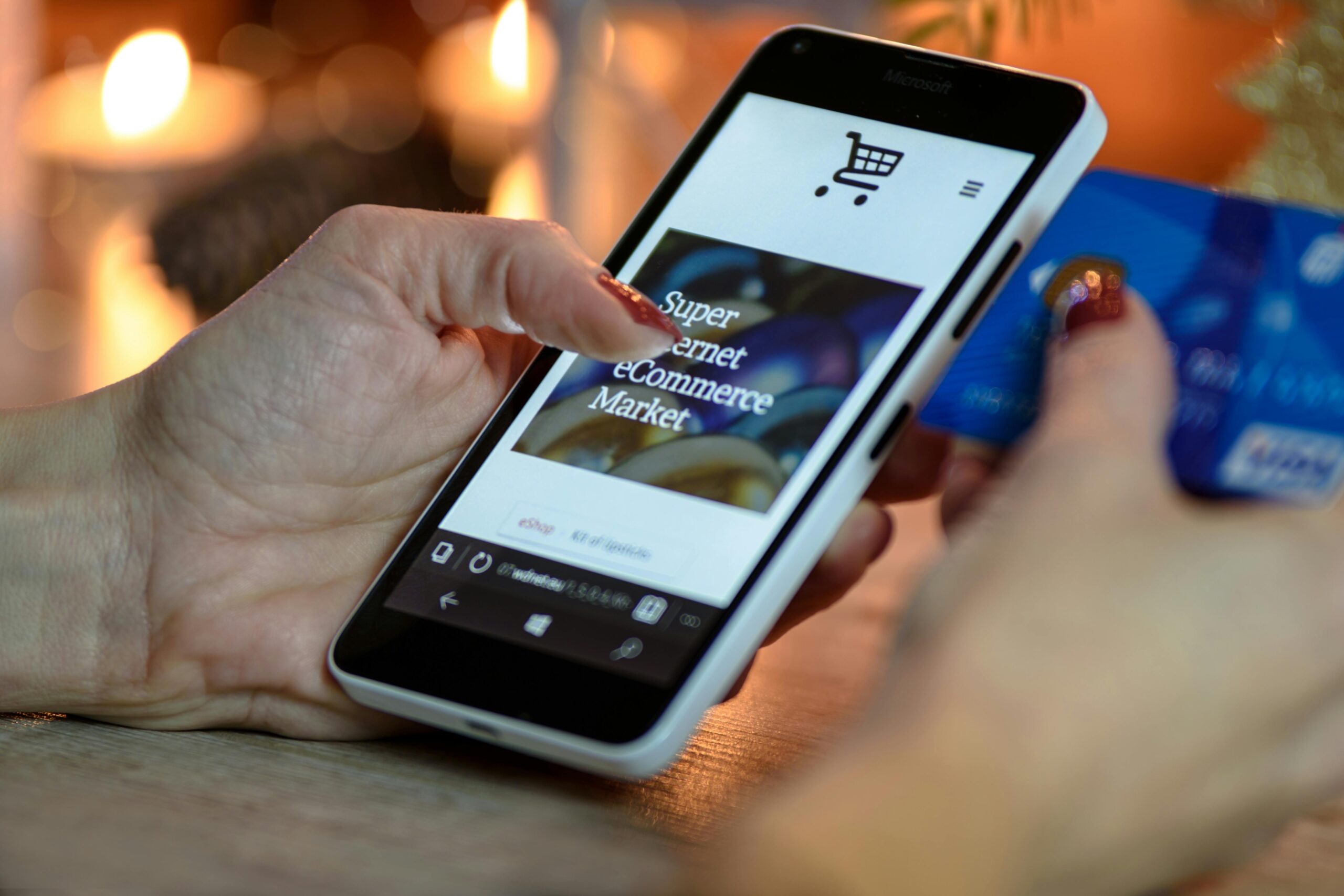Streamlining Retail Checkout Experience
Background
In the fast-moving world of e-commerce, elevating the customer experience is key to boosting sales and loyalty. Leading the product team, I redesigned the checkout process to launch an MVP that streamlined shopping and cut down checkout time.
The Challenge
Online shoppers encountered significant obstacles when attempting to complete purchases, with complicated checkout processes causing frustration and cart abandonment. Their core need was straightforward: a seamless, efficient purchasing experience without unnecessary complications.
Voice of the Customer: “Help me complete my online purchase quickly and easily, so I can get what I need without hassle.”

Pain Points:
- Functional: Redundant data entry requirements, inefficient checkout flows, and absence of personalized product suggestions slowed the entire purchase process
- Emotional: Confusing interfaces and unclear progress indicators generated anxiety and uncertainty, undermining customer confidence during critical transaction moments
- Social: Customers desired to feel competent and efficient while shopping online, but process friction often left them feeling overwhelmed and discouraged, particularly when they feared making errors.
Our Approach
To tackle the challenges of the existing checkout process, we employed a structured approach focused on identifying and addressing customer pain points. Here’s how we executed our strategy:
Mapping Customer Journey and Identifying Pain Points
We began by mapping the customer journey to understand how users interact with the checkout process. By analyzing each step, we could pinpoint specific pain points. For example, during user interviews, we discovered that many customers were frustrated by having to fill out long forms. One customer shared that they had to re-enter their shipping address even though they had already provided it when creating their account.
Desired Outcome: Improve customer satisfaction and increase conversion rates in the checkout process.
Pain Point 1: Complex and time-consuming checkout process
– Solution 1.1: Implement autofill for returning customers
Example: Auto-populate shipping address for logged-in users
– Solution 1.2: Implement smart form field reduction
Example: Use progressive disclosure to show additional fields only when necessary (e.g., show "Gift Message" field only if "This is a gift" is checked)
Pain Point 2: Confusing navigation and poor accessibility
– Solution 2.1: Redesign the interface for clear section visibility
Example: Add a prominent ‘Apply Loyalty Rewards’ button at the top of the payment page
– Solution 2.2: Implement a progress indicator
Example: Show a 3-step progress bar: Cart > Shipping > Payment
Pain Point 3: Slow page load times
– Solution 3.1: Implement local storage for order history
Example: Store the last 5 orders locally for quick access
– Solution 3.2: Use pagination for order history display
Example: Show 5 orders per page with ‘Load More’ option
Pain Point 4: Lack of personalization in the shopping experience
– Solution 4.1: Integrate product recommendations
Example: Suggest garlic bread when pasta and sauce are in the cart
– Solution 4.2: Offer personalized discounts
Example: Show loyalty point redemption options based on available points
Pain Point 5: Limited same-day delivery options
– Solution 5.1: Integrate with multiple delivery services
Example: Offer delivery through Uber Eats, DoorDash, and local courier services
– Solution 5.2: Implement dynamic delivery time estimation
Example: Show real-time delivery estimates based on store location, item availability, and current traffic conditions
Pain Point 6: Unclear order summary
– Solution 6.1: Display itemized breakdown of costs
Example: Show subtotal, tax, shipping, and any applied discounts
– Solution 6.2: Offer easy item modification
Example: Allow quantity changes directly from the order summary
Execution and Validating Changes
After implementing some of these priortised changes, we conducted A/B testing to compare the new checkout process with the existing one. We divided users into two groups: one using the redesigned checkout and the other using the original. Through this testing, we gathered valuable data on user behaviour and preferences.
Continuous Feedback and Iteration
Finally, we maintained a focus on continuous improvement by regularly soliciting user feedback. After the new checkout process was live, we encouraged users to share their thoughts through surveys and feedback forms. This ongoing dialogue allowed us to identify any remaining issues. For instance, after launch, some users suggested adding a progress indicator showing how many steps remained in the checkout process. We quickly implemented this feature, further enhancing the user experience.
Outcomes Realized
* 60% improvement in conversion rate, attributed to streamlined checkout and personalized recommendations
* 63% surge in app traffic following the integration of Flybuys loyalty program
* Average mobile order checkout time reduced to less than 3 minutes, a 40% improvement from the previous process
* Customer satisfaction scores increased by 25% based on post-purchase surveys.
Conclusion
Our retail digital transformation journey revealed the critical importance of deeply understanding customer experience pain points through a systematic, opportunity-focused design approach.
By leveraging iterative development, continuous A/B testing, and a relentless commitment to improvement, we not only met but significantly exceeded our initial objectives.
The collaborative efforts transformed a complex checkout process into a seamless, intuitive experience that delighted customers and drove substantial business results, demonstrating the power of agile, customer-centric design in the evolving digital retail landscape.